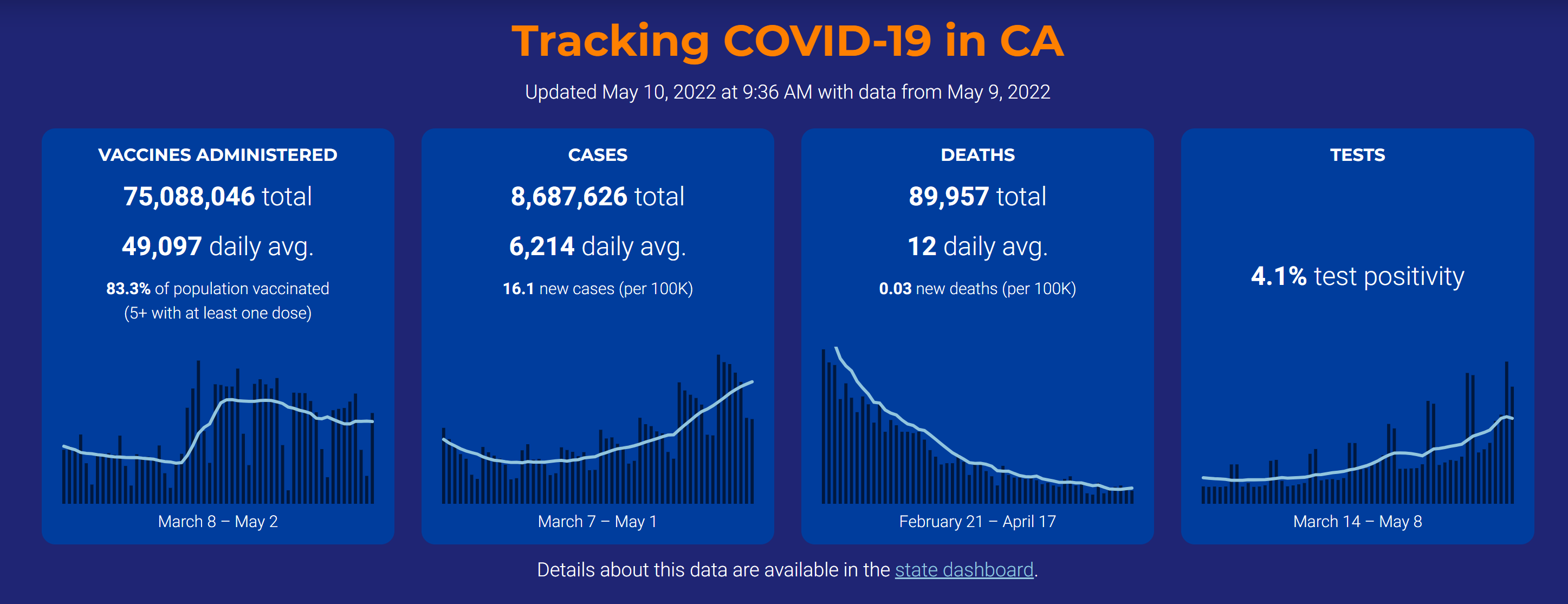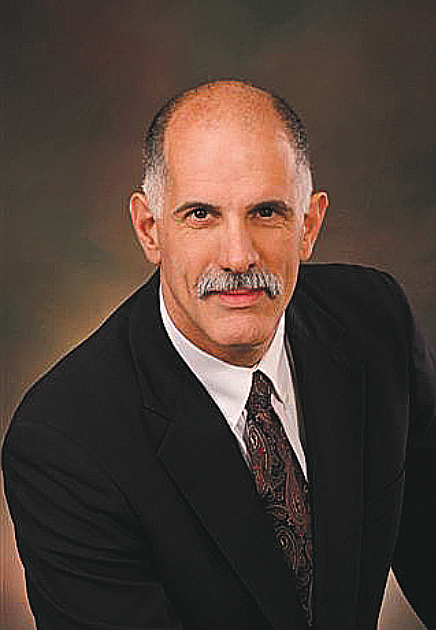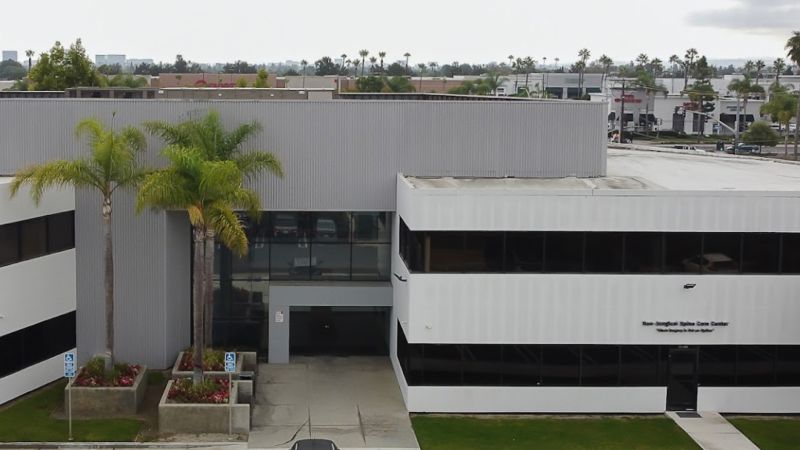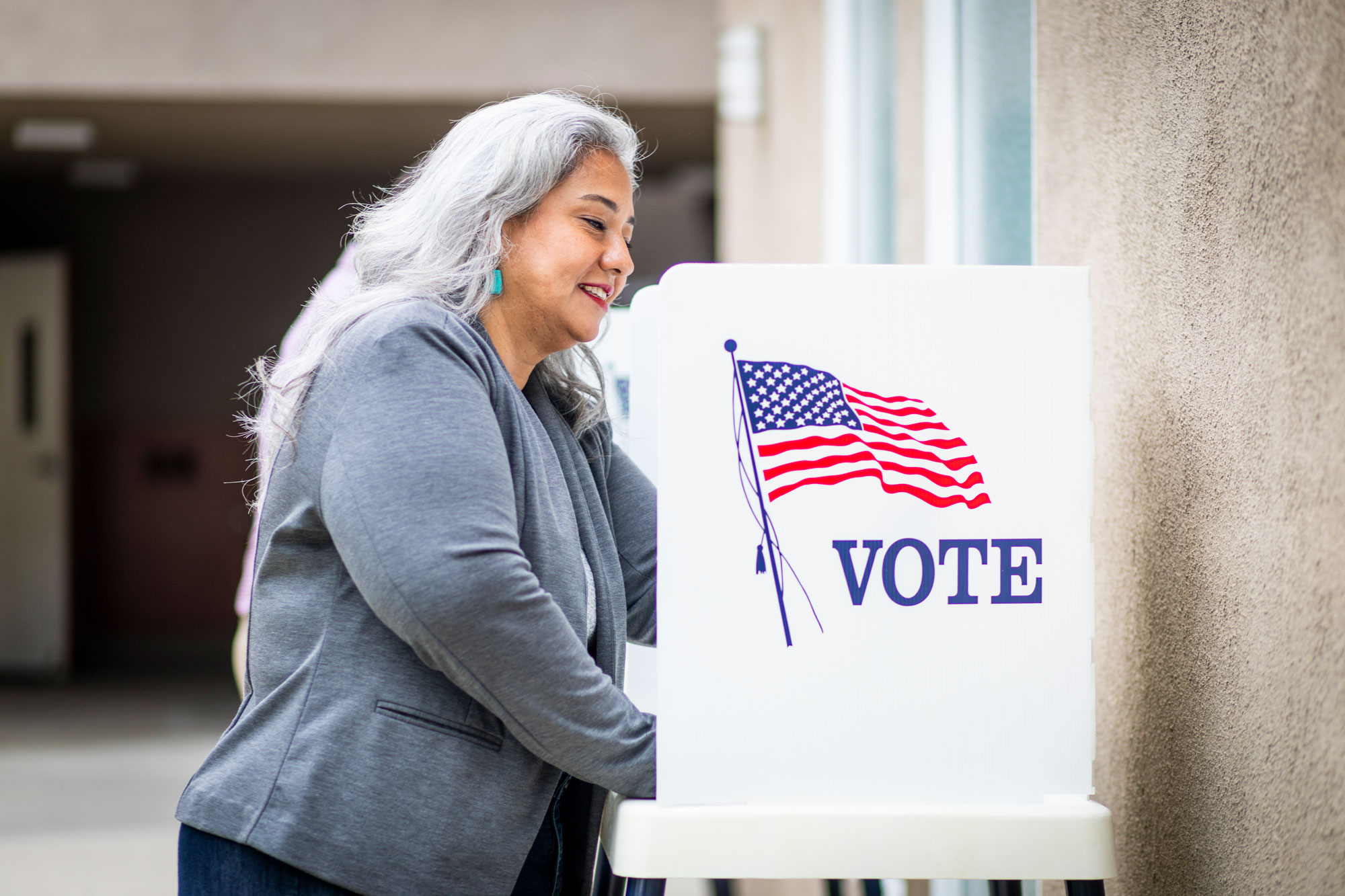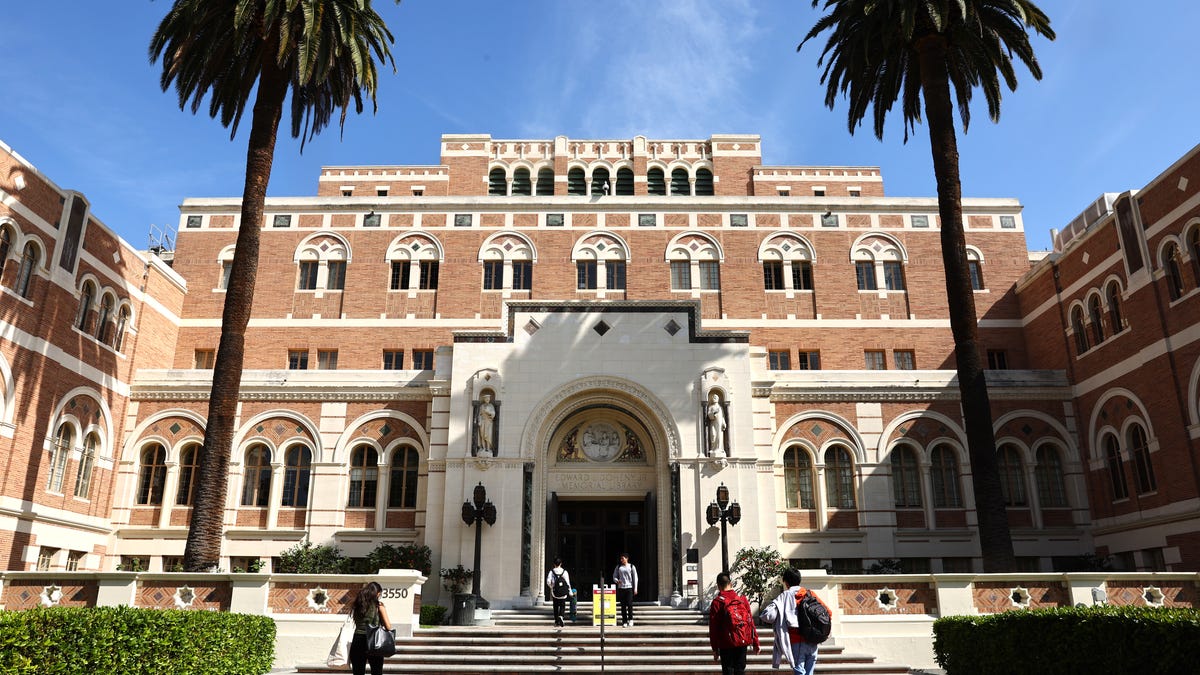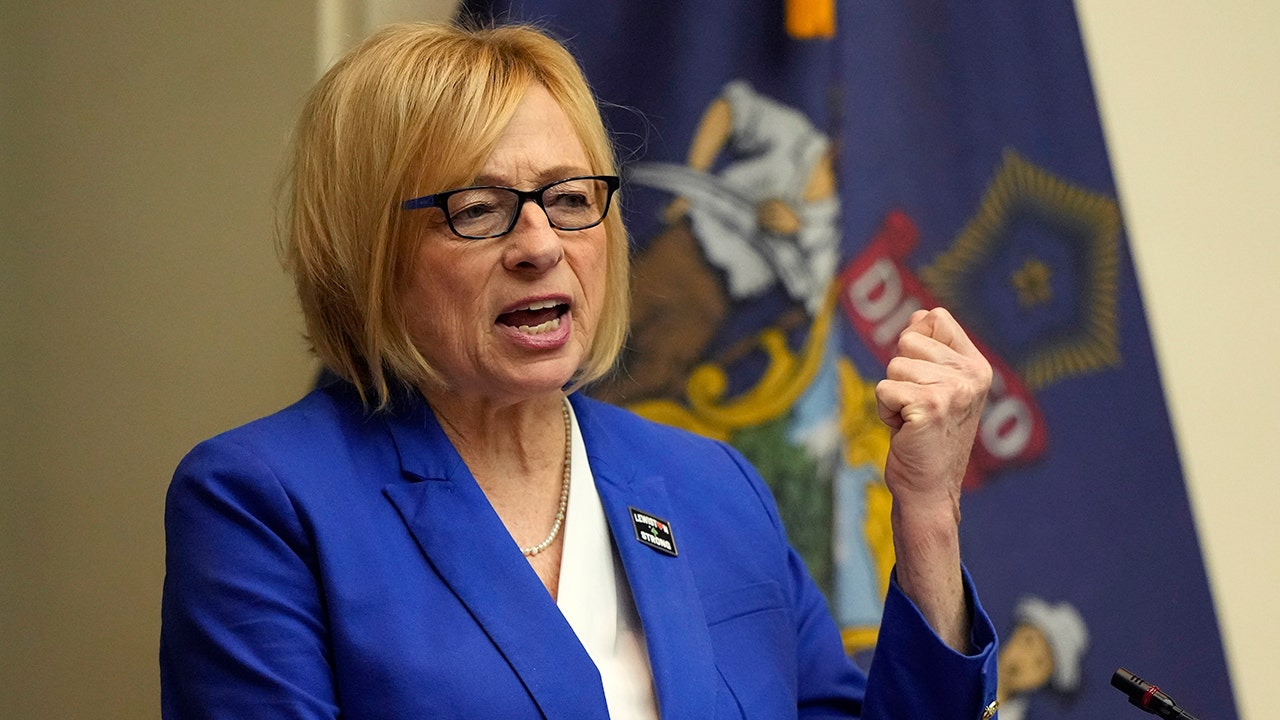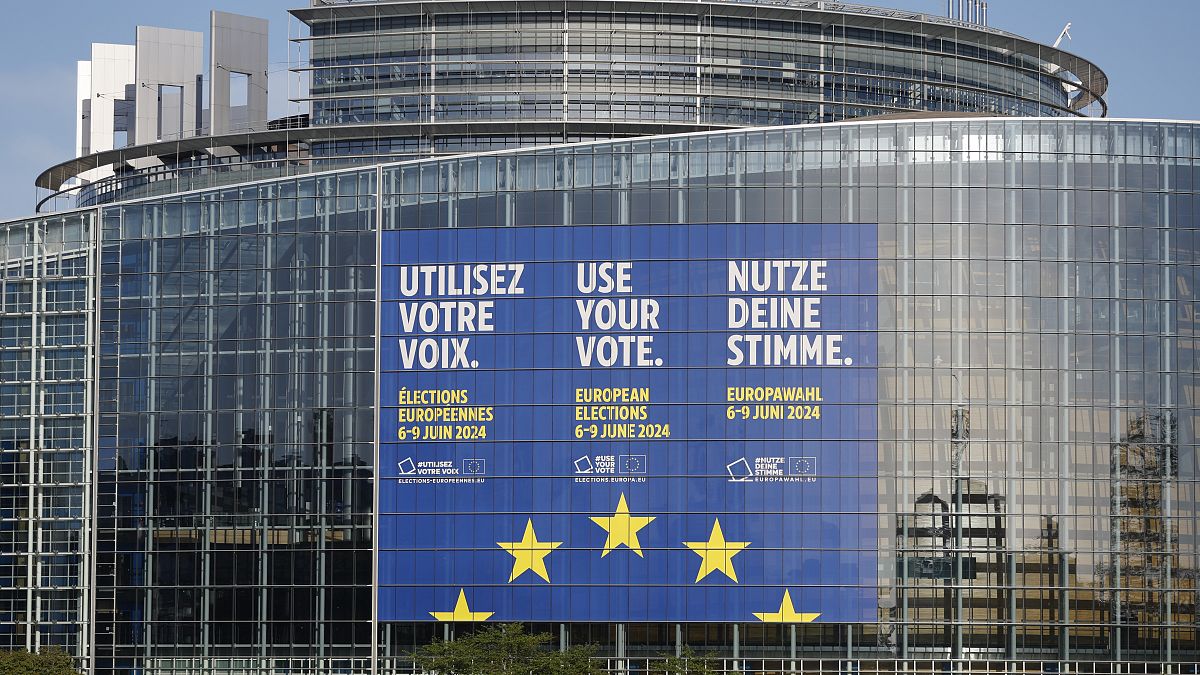CNN
—
A former marine who used a Molotov cocktail to firebomb a Planned Parenthood clinic in Costa Mesa, California, was sentenced to nine years in prison Monday, according to the Justice Department.
Chance Brannon — along with his co-defendant Tibet Ergul — attacked the Planned Parenthood clinic and conspired to plot attacks with Ergul and co-defendant Xavier Batten, including a potential attack on a power grid, in “furtherance of a race war,” the Justice Department said in a news release. Brannon was an active-duty member of the Marines when the attack took place in March 2022.
“The defendant’s assault on the Costa Mesa Clinic was designed to terrorize patients seeking reproductive healthcare and the people who provide it. Such violence has no place in the national discourse on reproductive health,” Assistant Attorney General Kristen Clarke for the Justice Department’s Civil Rights Division said in the release.
Brannon, 24, pleaded guilty in November 2023 to one count of conspiracy, one count of malicious destruction of property by fire and explosives, one count of possession of an unregistered destructive device, and one count of intentionally damaging a reproductive health services facility in violation of the Freedom of Access to Clinic Entrances (FACE) Act, the release said.
In addition to the nine-year sentence, Brannon was also ordered to pay $1,000 in restitution, the release said.
CNN has reached out to Brannon’s attorney for comment.
“Brannon’s deep-rooted hatred and extremist views inspired him to target individuals or groups who did not conform to his neo-Nazi worldview and, in one case, led him to carry out a violent attack which could have killed innocent people,” Acting Assistant Director in Charge Mehtab Syed of the FBI Los Angeles Field Office said in a statement.
Ergul, 22, and Batten, 21, pleaded guilty to their charges related to the case earlier this year and will be sentenced on May 15 and May 30, respectively, the release said. CNN has reached out to their attorneys for comment.
Brannon first considered attacking other targets like the San Diego office for the Anti-Defamation League, but he decided on the Planned Parenthood clinic “to scare pregnant women, deter doctors and staff from providing abortion services, and encourage similar violent acts,” according to the release.
He and Ergul planned a second attack on a Planned Parenthood clinic in June 2022 following the overturning of Roe v. Wade that month but abandoned the plan because of law enforcement in the area, the Justice Department said.
The Planned Parenthood in Costa Mesa provides reproductive health services, including abortion-related services, and was forced to cancel dozens of appointments after the incident. No one was injured in the attack, Planned Parenthood said at the time.
The National Abortion Federation, a professional association for abortion providers, reported a “sharp increase” in violence at abortion clinics in 2022.
Prosecutors allege that Brannon was motivated by neo-Nazi ideology and discussed “cleans[ing]” the US of particular ethnic groups, according to the release. Brannon in 2022 kept plans for an attack on a Southern California Edison substation in a thumb drive “disguised as a military-style necklace bearing the motto for the Marine Corps,” according to the release.
There were 25 “actual physical attacks” in 2022 reported on power facilities across the US and one report of “sabotage,” according to statistics available from the Department of Energy, CNN reported last year. The FBI warned in a 2022 bulletin of threats by extremist groups to “create civil disorder and inspire further violence.”
During the summer of 2023, Brannon and Ergul also researched how to attack Dodger Stadium during an LGBTQ+ pride event using a remote-detonated device but were arrested two days before it was set to take place, according to court documents cited by the Justice Department. Days before being arrested, Brannon had also begun planning to rob Jewish people living in the Hollywood Hills, according to the release.
CNN’s Holmes Lybrand, Aaron Cooper and John Miller contributed to this report.

